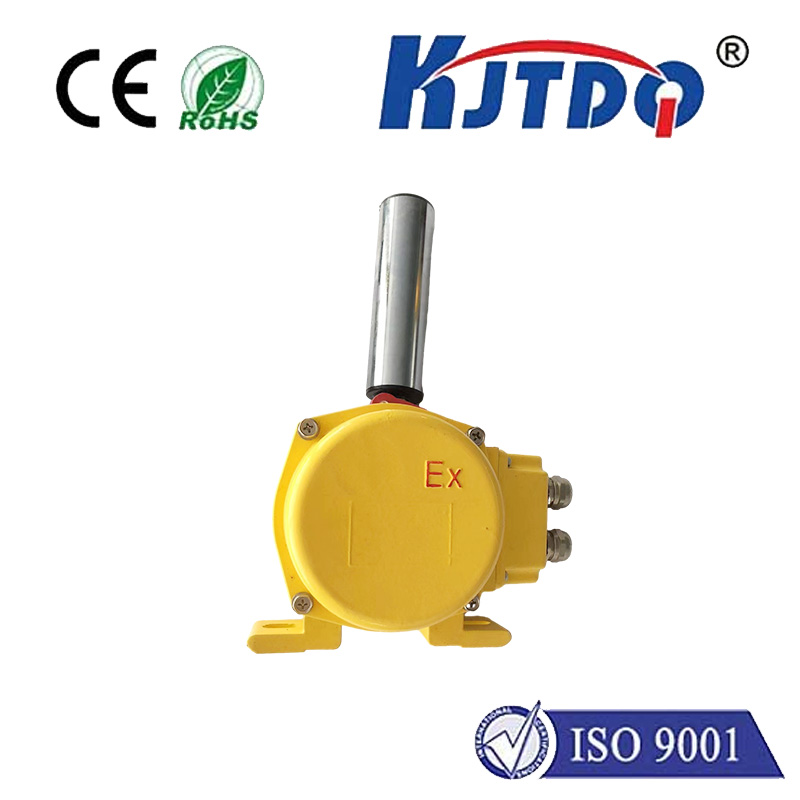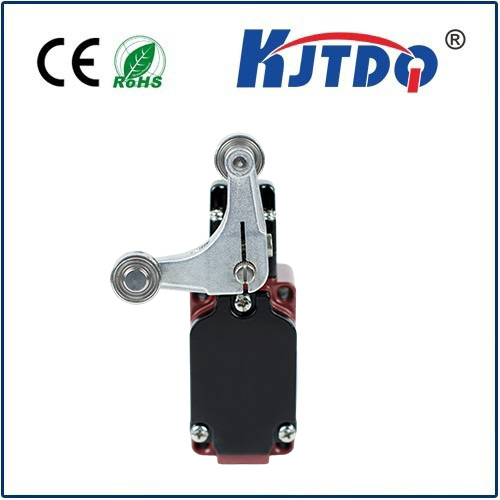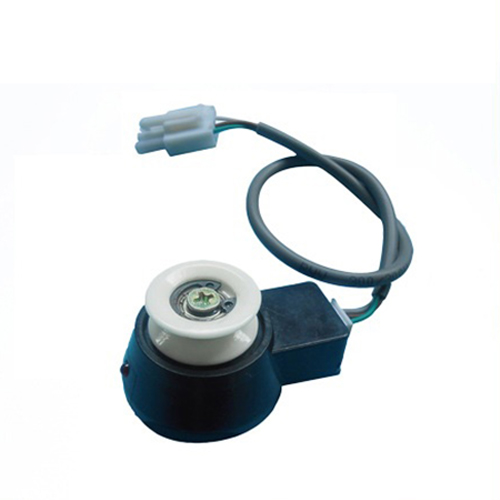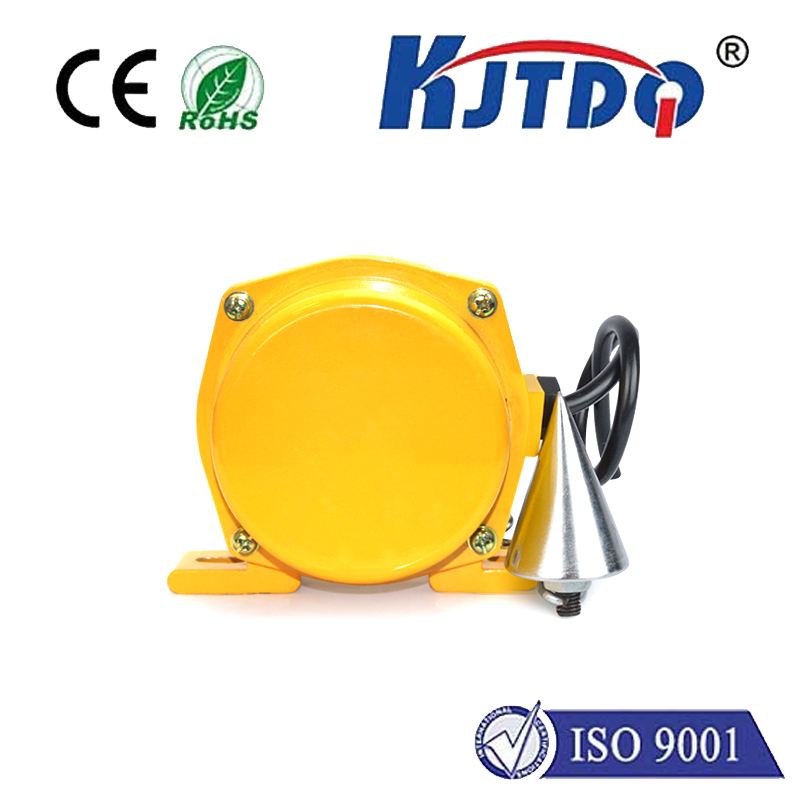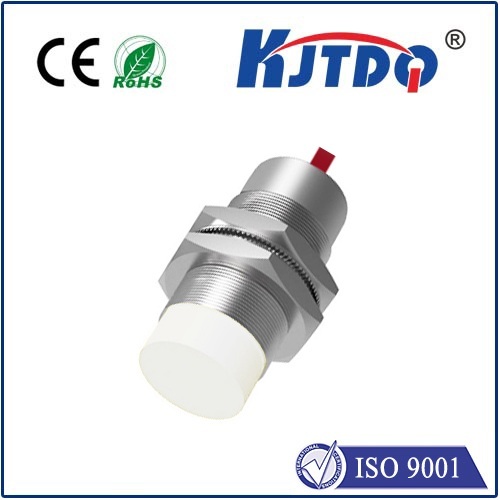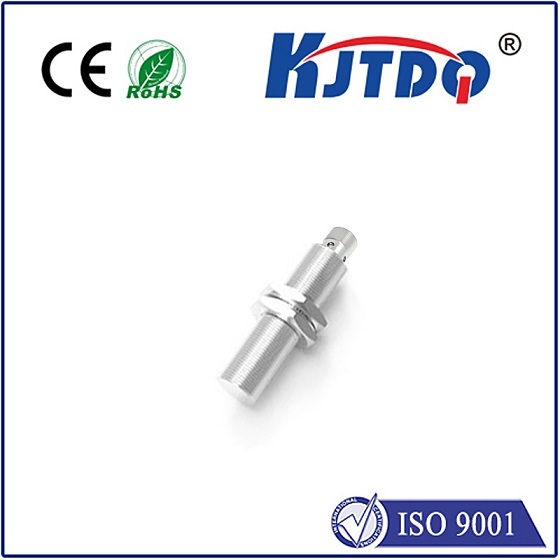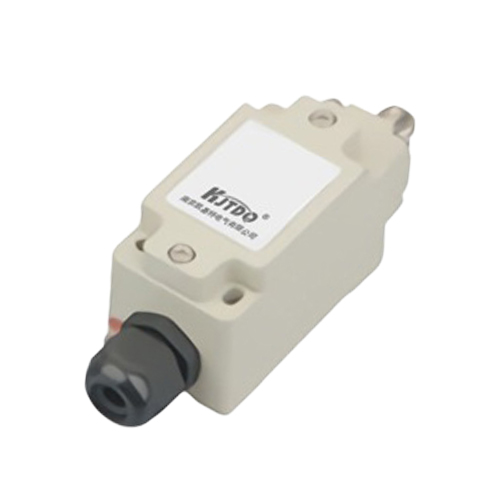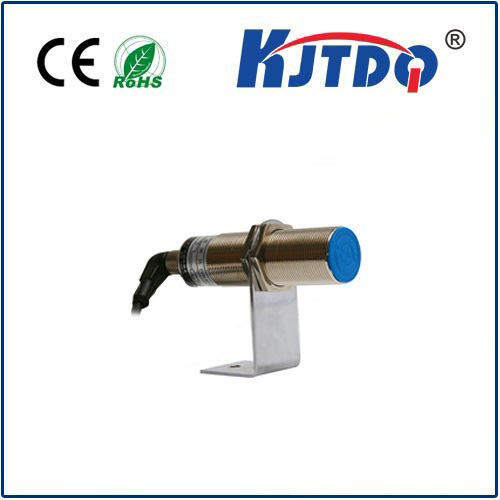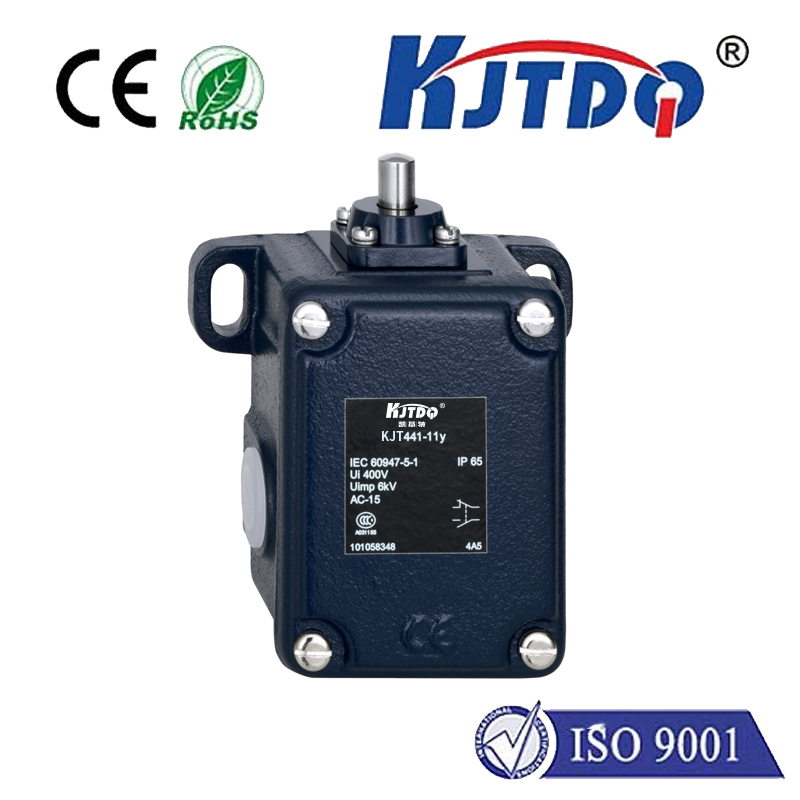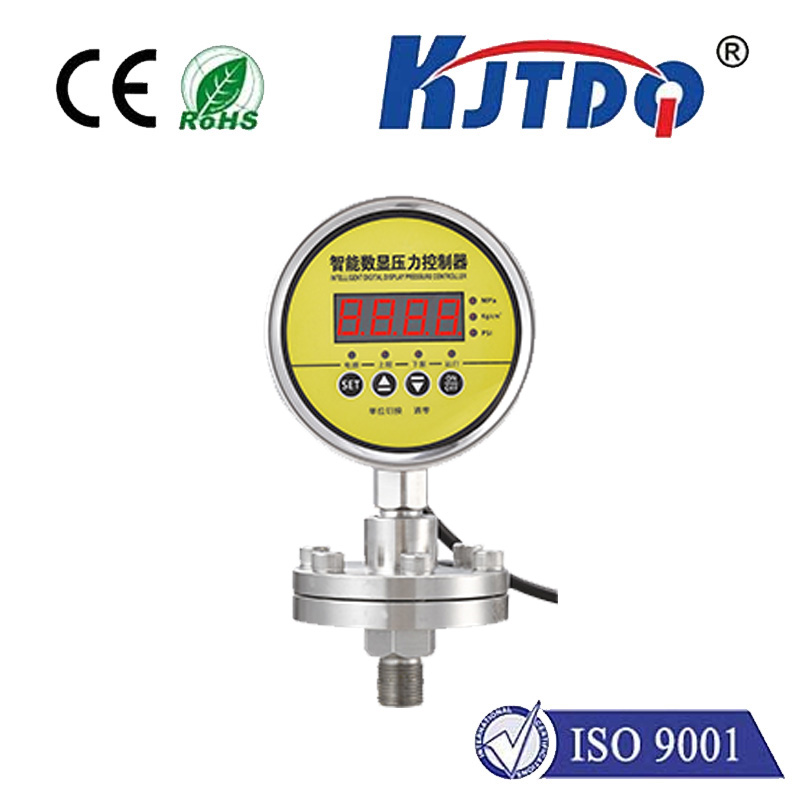jenis sensor proximity
- time:2025-07-11 02:55:54
- Click:0
Jenis Sensor Proximity: Understanding Types and Their Diverse World of Applications
Imagine unlocking your phone without touching a button, a car automatically braking to avoid a collision, or a factory assembly line humming along with perfect precision. Behind these everyday marvels often lies a silent, unseen hero: the proximity sensor. Known as jenis sensor proximity in Indonesian, these devices are fundamental components in modern technology, enabling machines to “sense” the presence, absence, or distance of nearby objects without physical contact. Understanding the diverse types of proximity sensors is crucial for selecting the right tool for countless industrial, automotive, consumer, and security applications.

Proximity sensors operate on various physical principles, each suited to specific materials, environmental conditions, and detection ranges. This inherent diversity makes them incredibly versatile but also necessitates careful consideration during selection. Let’s delve into the most common jenis sensor proximity and their unique characteristics:
- Inductive Proximity Sensors: Masters of Metal Detection
- Principle: These sensors generate an oscillating electromagnetic field from a coil. When a ferrous (iron-containing) or non-ferrous metal (like aluminum, copper, brass) object enters this field, it induces eddy currents within the object. This current draw dampens the sensor’s oscillation, triggering detection.
- Key Features:
- Detects only metallic objects.
- Highly reliable and robust, resistant to dust, dirt, oil, and water (often rated IP67+).
- Typically offer a limited sensing range (usually millimeters to a few centimeters).
- Immune to surface conditions like dirt, paint, or water film on the target.
- Fast response times.
- Common Applications: Object detection in harsh industrial environments (machine tools, conveyor belts), counting metallic parts, detecting end positions in cylinders, speed sensing of gears/rotors, metal detection in non-food applications.
- Capacitive Proximity Sensors: Detecting Almost Anything
- Principle: These sensors function similarly to a capacitor. The sensor face forms one plate, and a nearby object forms the other plate (or influences the field). As the target approaches, it changes the capacitance of the sensor’s internal circuit, triggering detection when the change exceeds a threshold.
- Key Features:
- Detects a wide range of materials: metals, plastics, wood, glass, powders, granules, liquids, and even human tissue.
- Sensing range is generally shorter than inductive for metals but can detect non-metals effectively.
- Sensitivity is often adjustable, allowing tuning to detect specific materials through packaging.
- Can be affected by environmental factors like humidity and certain contaminants.
- Common Applications: Level detection of liquids, powders, or granular materials (in tanks, hoppers), detection of non-metallic objects (plastic bottles, wood panels, cardboard boxes), touch interfaces (as an underlying tech), presence detection of people/objects, assembly verification.
- Ultrasonic Proximity Sensors: Seeing Clearly at a Distance
- Principle: These sensors emit high-frequency sound waves (ultrasonic pulses) beyond human hearing. They then listen for the echo reflected off a target object. Detection occurs based on the time-of-flight (ToF) of the sound wave – the time taken between emission and reception of the echo.
- Key Features:
- Excellent for detecting objects at longer ranges compared to inductive/capacitive (centimeters to several meters).
- Effective on virtually any material that reflects sound (solids, liquids, granular materials).
- Performance can be affected by sound-absorbing materials (like foam or fabric), temperature gradients (which alter sound speed), wind, and obstructions in the sound path.
- Can often provide distance measurement, not just presence/absence.
- Common Applications: Parking assistance systems (sonar), level measurement in bulk tanks, object detection on AGVs (Automated Guided Vehicles), stack height measurement, collision avoidance, people counting, presence detection in challenging environments.
- Optical Proximity Sensors (Photoelectric): Light-Based Detection
- Principle: These sensors use light beams (visible, infrared, or laser) for detection. They come in three main variants:
- Through-Beam: A separate emitter and receiver face each other. Detection occurs when the target breaks the beam. Longest range, highest accuracy.
- Retroreflective: Emitter and receiver are housed together. A reflector bounces the beam back to the receiver. Detection occurs when the target blocks the reflected beam.
- Diffuse (Reflective): Emitter and receiver are together. Detection occurs when the sensor’s emitted light reflects off the target back to the receiver. Most compact, shortest range.
- Key Features:
- Very long effective ranges possible (especially through-beam).
- Capable of detecting small objects and precise positioning.
- Performance can be significantly compromised by dust, fog, steam, dirt (obscuring lenses), ambient light interference, and the reflectivity/color of the target (especially diffuse types).
- Fast response times.
- Common Applications: Object counting (bottles, boxes), label detection, web break detection, conveyor sorting, security light curtains, position sensing, detecting clear objects (using specialized models).
- Magnetic Proximity Sensors (Reed Switches/Hall Effect): Sensing Magnets
- Principle:
- Reed Switch: Contains two ferromagnetic reeds sealed in a glass tube. When a magnetic field (typically from a small permanent magnet) is near, the reeds attract and close the electrical circuit.
- Hall Effect Sensor: A semiconductor device that generates a voltage (Hall voltage) proportional to the strength and polarity of an applied magnetic field. This voltage is used to detect proximity.
- Key Features:
- Requires a target magnet. The sensor detects the magnet’s presence.
- Non-contact, wear-free operation (especially solid-state Hall effect sensors).
- Simple, reliable, and relatively inexpensive (especially reed switches).
- Limited sensing range, typically only a few centimeters maximum.
- Common Applications: Door/window position sensing (security systems), cylinder position sensing (pneumatics/hydraulics), rotational speed sensing (detecting magnets on a rotating shaft), limit switches in clean or hazardous environments.
| Proximity Sensor Type |
Detection Principle |
Target Material |
Typical Range |
Key Advantages |
| Inductive |
Electromagnetic Field |
Metals Only |












